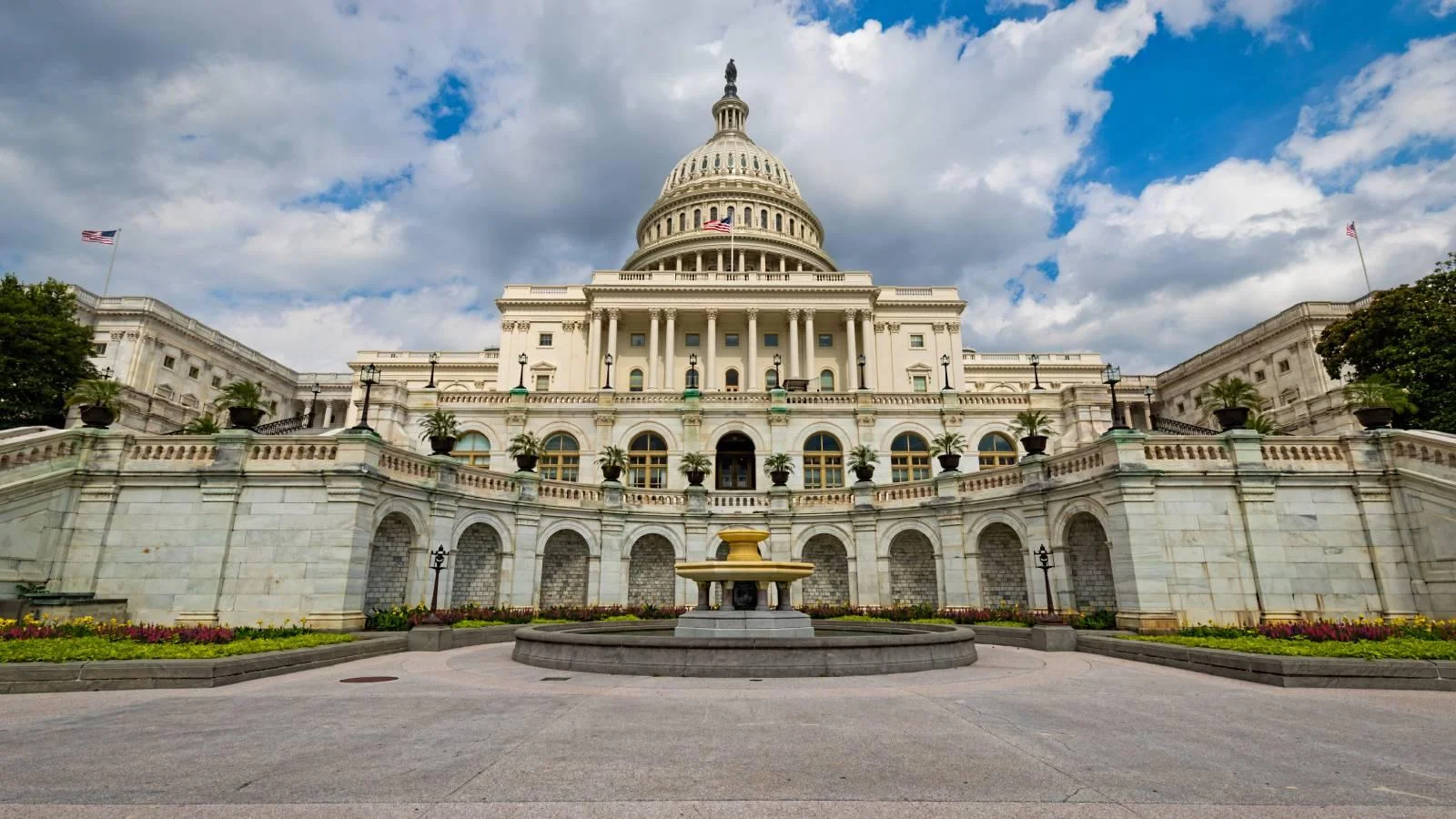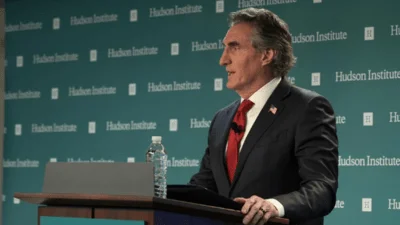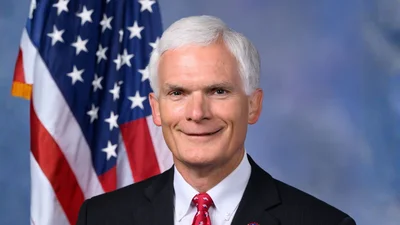The Congressional Record is a unique source of public documentation. It started in 1873, documenting nearly all the major and minor policies being discussed and debated.
“LOW-DOSE RADIATION RESEARCH ACT OF 2015” mentioning the U.S. Dept. of Energy was published in the House of Representatives section on pages H82-H83 on Jan. 7, 2015.
The publication is reproduced in full below:
LOW-DOSE RADIATION RESEARCH ACT OF 2015
Mr. SMITH of Texas. Mr. Speaker, I move to suspend the rules and pass the bill (H.R. 35) to increase the understanding of the health effects of low doses of ionizing radiation.
The Clerk read the title of the bill.
The text of the bill is as follows:
H.R. 35
Be it enacted by the Senate and House of Representatives of the United States of America in Congress assembled,
SECTION 1. SHORT TITLE.
This Act may be cited as the ``Low-Dose Radiation Research Act of 2015''.
SEC. 2. LOW DOSE RADIATION RESEARCH PROGRAM.
(a) In General.--The Director of the Department of Energy Office of Science shall carry out a research program on low dose radiation. The purpose of the program is to enhance the scientific understanding of and reduce uncertainties associated with the effects of exposure to low dose radiation in order to inform improved risk management methods.
(b) Study.--Not later than 60 days after the date of enactment of this Act, the Director shall enter into an agreement with the National Academies to conduct a study assessing the current status and development of a long-term strategy for low dose radiation research. Such study shall be completed not later than 18 months after the date of enactment of this Act. The study shall be conducted in coordination with Federal agencies that perform ionizing radiation effects research and shall leverage the most current studies in this field. Such study shall--
(1) identify current scientific challenges for understanding the long-term effects of ionizing radiation;
(2) assess the status of current low dose radiation research in the United States and internationally;
(3) formulate overall scientific goals for the future of low-dose radiation research in the United States;
(4) recommend a long-term strategic and prioritized research agenda to address scientific research goals for overcoming the identified scientific challenges in coordination with other research efforts;
(5) define the essential components of a research program that would address this research agenda within the universities and the National Laboratories; and
(6) assess the cost-benefit effectiveness of such a program.
(c) Research Plan.--Not later than 90 days after the completion of the study performed under subsection (b) the Secretary of Energy shall deliver to the Committee on Science, Space, and Technology of the House of Representatives and the Committee on Energy and Natural Resources of the Senate a 5-year research plan that responds to the study's findings and recommendations and identifies and prioritizes research needs.
(d) Definition.--In this section, the term ``low dose radiation'' means a radiation dose of less than 100 millisieverts.
(e) Rule of Construction.--Nothing in this Act shall be construed to subject any research carried out by the Director under the research program under this Act to any limitations described in section 977(e) of the Energy Policy Act of 2005
(42 U.S.C. 16317(e)).
(f) Funding.--No additional funds are authorized to be appropriated under this section. This Act shall be carried out using funds otherwise appropriated by law.
The SPEAKER pro tempore. Pursuant to the rule, the gentleman from Texas (Mr. Smith) and the gentlewoman from Oregon (Ms. Bonamici) each will control 20 minutes.
The Chair recognizes the gentleman from Texas.
General Leave
Mr. SMITH of Texas. Mr. Speaker, I ask unanimous consent that all Members may have 5 legislative days within which to revise and extend their remarks and to include extraneous material on H.R. 35, the bill now under consideration.
The SPEAKER pro tempore. Is there objection to the request of the gentleman from Texas?
There was no objection.
Mr. SMITH of Texas. Mr. Speaker, I yield myself such time as I may consume.
Mr. Speaker, H.R. 35, the Low-Dose Radiation Research Act of 2015, will increase our understanding of low-dose radiation. This research is critical for physicians and decisionmakers to more accurately assess potential health risks in this area.
I want to thank my friend, Mr. Hultgren, for introducing this legislation along with Mr. Lipinski of Illinois. A virtually identical bill passed the House by a voice vote this past November in the previous Congress.
Many Americans are exposed to a broad range of low doses of ionizing radiation. These range from cosmic background radiation to medically-
based procedures which include x rays and CT scans. However, our current approach of radiation safety relies on an outmoded assumption that because high doses of radiation are harmful, it necessarily follows that much lower radiation doses are also harmful.
This assumption is not based on a reliable scientific foundation, prevents patients from making informed decisions about diagnostic exams, and can lead to overly restrictive regulations.
The Department of Energy's Low Dose Radiation Research Program within the Office of Science focuses on the health effects of ionizing radiation and helps to resolve the uncertainties in this area that currently exist. Unfortunately, this program has not been a priority at DOE over recent years and has seen systematic de-emphasis. H.R. 35 ensures the continuance and enhancement of this important research program.
This legislation also directs the National Academies to formulate a long-term strategy to resolve uncertainties surrounding whether and to what extent low-dose radiation may pose health risks to humans. The bill stipulates that the academies must consider the most up-to-date studies in this field of research.
{time} 1400
Finally, the bill requires the Department of Energy to develop a 5-
year research plan that responds to the Academies' recommendations. I again thank the gentlemen from Illinois, Representatives Hultgren and Lipinski, for their leadership on this issue. I also want to commend Congressmen Sensenbrenner, Posey, Bucshon, and Cramer for joining me in cosponsoring this legislation.
I urge my colleagues to support the bill, and I reserve the balance of my time.
Ms. BONAMICI. Mr. Speaker, I yield myself such time as I may consume.
I rise in support of H.R. 35, the Low-Dose Radiation Research Act of 2015. I would like to begin by thanking my colleagues from Illinois, Mr. Hultgren and Mr. Lipinski, for introducing this bipartisan legislation, and I urge all of my colleagues to support this bill.
H.R. 35 authorizes an important research program carried out by the Department of Energy's Office of Science to examine the health impacts of exposure to low doses of radiation, such as doses resulting from certain medical tests, nuclear waste cleanup activities, or even terrorism events like dirty bombs. This program builds on the Department of Energy's unique biological research expertise and capabilities, which led to the establishment of the successful Human Genome Project that paved the way for important breakthroughs in modern medicine.
This bill authorizes a National Academies study to identify current scientific challenges in this area and to help guide the program's long-term research agenda well into the next decade. A similar bill passed the House late last Congress with overwhelming support, and it is my hope that this will again pass and move to the Senate for their consideration.
Mr. Speaker, I reserve the balance of my time.
Mr. SMITH of Texas. Mr. Speaker, I yield 3 minutes to the gentleman from Illinois (Mr. Hultgren), the lead sponsor of this bill, and also a distinguished member of the Committee on Science, Space, and Technology.
Mr. HULTGREN. Mr. Speaker, I rise today to urge support for H.R. 35, the Low-Dose Radiation Research Act, and I want to thank the distinguished chairman of the Committee on Science, Space, and Technology, Chairman Smith, for helping me to bring this legislation to the floor.
While it may sound scary, we come in contact with small amounts of radiation every day from the cosmic background which many Americans are probably unaware of. Of course, radiation has been a useful tool which has led to innovation for medical imaging, like x rays and treatments. Numerous processes used by manufacturers in my home State of Illinois, for instance, include low-dose radiation to carry out precise and accurate measurements. But it is time that the regulatory structure surrounding exposure to low-dose radiation relies on sound science.
Currently, the assumption is that because high doses of radiation are harmful to human health, lower doses must be, too. This is similar to saying that jumping down one step in a flight of stairs is harmful to your health because we already know that it is harmful to jump down an entire flight of stairs at one time.
While there is little doubt that there is a threshold above which humans should avoid exposure to radiation, this legislation will ensure that the Department of Energy's Office of Science prioritizes the research necessary to understand what that level actually is. My bill directs the agency to work with the National Academies to formulate a long-term research plan to do this work.
As I continue to represent my constituents of the 14th Congressional District of Illinois, I will always champion the things we are doing right in Illinois. Our State has a long history of innovation in this space. For many years we have led the Nation in nuclear power generation, and the work we continue to do in our national labs is pushing the boundaries in our frontiers of knowledge.
Fermilab, in my district, helped establish neutron therapy as a viable radiation treatment for many difficult-to-treat cancers. Harnessing the continued benefits of radiation requires that we clarify what the potential harms are. That is why I urge my colleagues to support this bill.
Ms. BONAMICI. I continue to reserve the balance of my time.
Mr. SMITH of Texas. Mr. Speaker, we have no other individuals who wish to comment on this bill, so we are prepared to close when my friend is prepared to close as well.
Ms. BONAMICI. Mr. Speaker, I thank the chairman of the committee, Mr. Smith, and the ranking member, Ms. Johnson, and the sponsors of this bill, Mr. Hultgren and Mr. Lipinski.
The bill before us today represents a true bipartisan effort and will help protect the health of our constituents. Passage of this bill is a positive way to start this new Congress, and I urge its adoption.
With that, I yield back the balance of my time.
Mr. SMITH of Texas. Mr. Speaker, I thank the gentlewoman from Oregon
(Ms. Bonamici) for her comments, and I yield back the balance of my time as well.
The SPEAKER pro tempore (Mr. Holding). The question is on the motion offered by the gentleman from Texas (Mr. Smith) that the House suspend the rules and pass the bill, H.R. 35.
The question was taken; and (two-thirds being in the affirmative) the rules were suspended and the bill was passed.
A motion to reconsider was laid on the table.
____________________









